Chemical Metrology
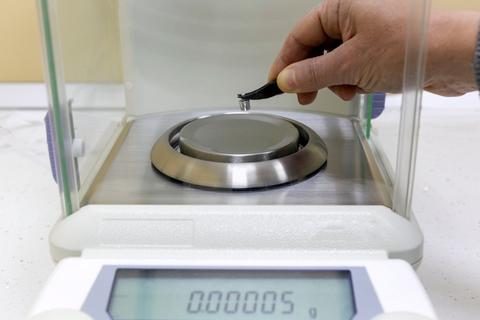
The Chemical Sciences Division serves as the Nation's reference laboratory for chemical compositional measurements and standards to enhance U.S. industry's productivity and competitiveness; assure equity in trade; and provide quality assurance for chemical measurements used for assessing and improving public health, safety, and the environment. To support the development of measurement methods and standards, the Division maintains core expertise in: (1) analytical mass spectrometry, (2) analytical separation science, (3) atomic and x-ray fluorescence spectrometry, (4) gas metrology, (5) nuclear analytical methods, (6) nuclear magnetic resonance spectrometry, and classical and electroanalytical chemistry. These core competencies provide the measurement infrastructure to carry out the Division's broad mission with flexibility to respond to changing and evolving national priorities.
Nearly 50% of the Division support is directed toward fundamental and applied research to support the measurements and standards activities in the Division focus areas, which are a subset of the broader MML/NIST areas of emphasis. The current Division focus areas are: (1) clinical diagnostics and health status markers; (2) environmental monitoring; (3) food dietary supplements and nutritional assessment; (4) industrial commodities and advanced materials characterization; (5) forensics and homeland security; (6) nanoparticle characterization, and (7) hydrogen economy.
Research in fundamental chemical metrology focuses on understanding the basic principles and science that support the identification and quantification of chemical species using the core analytical techniques in a wide variety of materials. Research activities are directed towards understanding the measurement processes in all of the Division core expertise areas/techniques in order to improve the measurement process.
Featured Programs:
Featured Software
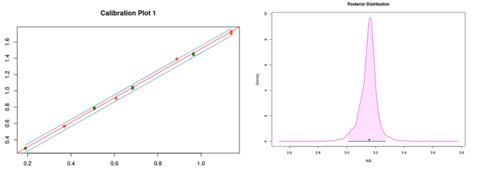
SI TRACEABILITY AND PRIMARY STANDARDS
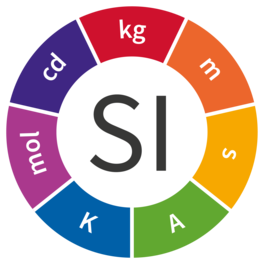
Metrological traceability is crucial for ensuring that measurements made at different times, by different analysts, and in different places are comparable. Metrological traceability is different from chain-of-custody traceability; metrological traceability tracks a series of measurements that have a common origin of reference, rather than how a sample passes through a supply chain or laboratory process.
The SI is an internationally recognized reference system that supports comparability of vital chemical measurements across a broad range of industries and sectors. Results from a series of measurements can be linked to the SI through an unbroken chain of comparisons, i.e., calibrations. At the apex of such a calibration hierarchy are accurate mass determinations of calibrants and purity assessments that realize SI units.
Support and provision of SI traceability is an essential measurement service of the Chemical Science Division (CSD). One of the most important facets of this service is development of SRMs and other primary measurement standards used to calibrate measurement procedures, especially those that facilitate chemical purity determinations and the characterization and establishment of new calibrants. These reference materials include high purity chemicals; primary gas standards and mixtures; inorganic, organic, and pH solutions; and matrix materials designed for use as specialty calibrants. Such reference materials are used to establish the relationship between the real quantity of a measurand (i.e., the property being measured) and results from the measurement process.
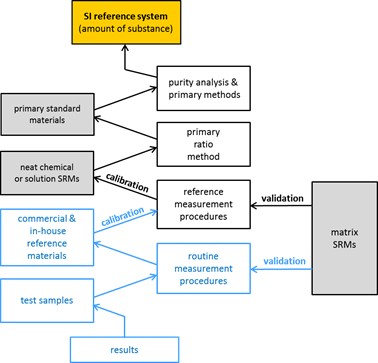
VALIDATION
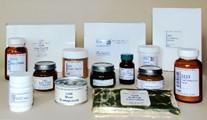
Validation is confirmation that a method of measurement, through assessment of performance characteristics, is suitable for its intended use. Services provided by NIST that support the use of valid methods include 1) the development and publication of Reference Measurement Procedures (RMP), including “Primary Methods”, and 2) production of validation SRMs that are used to verify adequate performance of these procedures.
RMPs are rigorously examined and qualified NIST methods that can be employed for specific chemical characterizations of materials, including the realization of SI units for measured chemical quantities. These RMPs span practical applications such as clinical diagnostics, food safety and nutrition, and the implementation of primary methods (i.e., coulometry and isotope ratio mass spectrometry [IRMS]).
A validation SRM is typically prepared from a naturally-occurring or manufactured material (e.g., tissue, environmental matrices, industrial commodities, etc.) that has a matrix similar to those of intended test samples. These materials a) contain desired levels of the measurands of interest, b) have been processed to have uniform composition, and c) may have been modified for improved stability. During analytical method development, validation SRMs are used to evaluate whether the calibration relationship established for the measurement process is appropriate for test samples of similar concentration and matrix. When implementing a method in a given situation (particular equipment, reagents, analysts, etc.), validation materials are used to verify that the measurement process indeed provides the expected results. Use of a validation material provides confidence in the measurement process but does not itself contribute to establishing metrological traceability.
CSD provides over 700 SRMs that are intended for use in method validation. These include reference materials for manufacturing, food nutrition, food safety, natural products, clinical diagnostics and metabolomics, environmental assessments, and material evaluations. [https://www.nist.gov/srm]
Measurement Uncertainty for Chemical Measurement
Measured quantities are never known with absolute certainty, and for a measurement result to be meaningful, this incomplete knowledge must be realistically described. A result is based on experimental observations (data) that can be influenced by a multitude of effects on the measurement. The dispersion of data and understanding of these effects tell us something about how well the measured quantity is known through experimentation. Expressing the associated uncertainty is critical for communicating levels of confidence in results and for providing sound, useful measurement services.
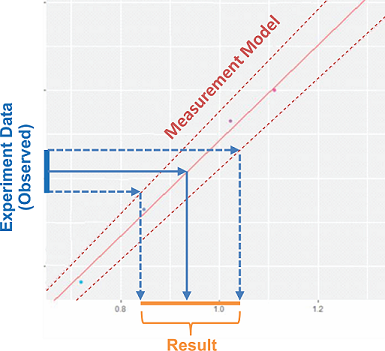
Diligent efforts are made by CSD to ensure that chemical measurement results are reliable representations of the data and expertise used to determine them. The CSD partners closely with the NIST Statistical Engineering Division (SED) to achieve this for the measurement services that they provide, including assessment of uncertainty in SRM certified values.
The CSD-SED partnership has also led to development of rigorous approaches to designing experiments and calculating measurement results (including uncertainty) for common procedures used in chemical analysis. These approaches can be automated using the NIST ABACUS Apps (https://abacus.nist.gov), a series of web-based tools, freely and readily accessible by analysts without extensive statistical expertise.
The SED has also developed the NIST Uncertainty Machine, a freely available software for use by analysts to calculate measurement uncertainty of their results based on user-defined measurement models and data.
QUALITY MANAGEMENT SYSTEM
NIST measurement services, including reference materials, quality assurance programs and calibrations, operate under the auspices of the NIST quality manual QM-I as described by the NIST quality website at: https://www.nist.gov/nist-quality-system. The NIST Quality System for Measurement Services is based on the ISO/IEC 17025 (General requirements for the competence of testing and calibration laboratories) and includes the requirements of ISO 17034 (General requirements for the competence of reference material producers), ISO/IEC 17043 (General requirements for proficiency testing) and ISO/TS 8000 (Data quality) as they apply to the various measurement services that NIST deliver.
INTERNATIONAL LABORATORY COMPARISONS
As the U.S. National Metrology Institute (NMI) for chemical measurements, the Chemical Sciences Division of NIST cooperates in international laboratory comparisons with other NMIs and Designated Institutes (DIs) through International Committee of Weights and Measures (CIPM)-based engagements. This includes activities within the Consultative Committee for Amount of Substance – Metrology in Chemistry and Biology (CCQM) and the Inter-American Metrology System (SIM) as the Regional Metrology Organization (RMO) for the Americas. Additionally, CSD maintains numerous strategic bi- and multi-lateral collaborations with institutes and other standards-based organizations around the world. [International Comparisons for Chemistry]
Additional Technical Details
The distinction between fundamental and applied research within the Division is often minimal. The development of new measurement/quantification approaches that have broad application to various measurement areas are considered to be fundamental chemical metrology. Recent activities in fundamental chemical metrology include: (1) developing approaches to assess compound purity; (2) understanding the factors that control or affect the separation process in liquid chromatography stationary phases; (3) developing advance calibration approaches; (4) developing approaches to protein quantification; and (5) developing novel instrumentation for submicron neutron radiography.
The majority of our applied research involves the development of new analytical methods and/or reference measurement procedures which are ultimately used for the development of SRMs. Current applied research activities, most of which are described in more detail under other program areas, include the development of: (1) reference measurement procedures for clinical markers in serum and urine; (2) higher order methods for vitamins in supplements, food, and serum; (3) methods for botanical dietary supplement markers; (4) methods for emerging environmental contaminants. Another aspect of both fundamental and applied chemical metrology is the development of new measurement competencies within the Division. Recently the Division has focused on developing new or expanded competencies in the following areas: isotopic metrology, high resolution chromatographic separation approaches (e.g., GCxGC, monolithic LC columns, ultra high pressure LC), and techniques and approaches for chemical characterization of nanoparticles.

